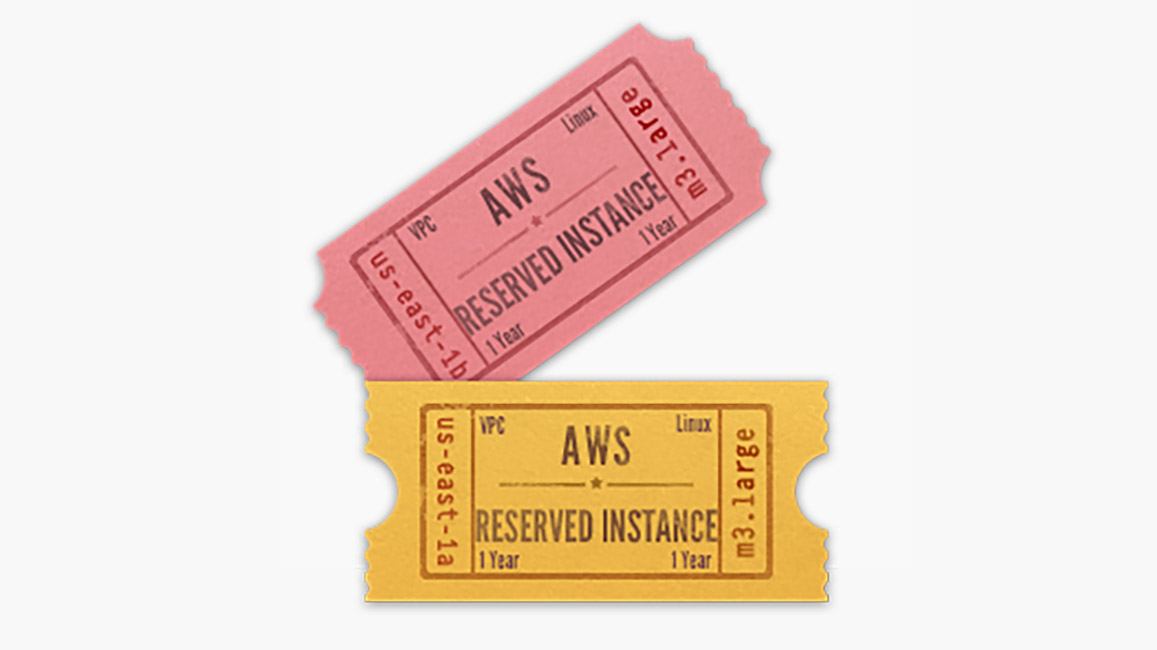Reserved Instances (RIs) provide substantial savings compared to On-Demand pricing, and provide immediate savings opportunities for most companies. This blog post explores the fundamentals of RIs, and provides advice on how to get the most out of reservations. Managing RIs is complex considering the many types, levels of pricing, and rules around usage. Therefore, understanding the RI mix is essential to optimizing AWS usage costs. We asked Parquantix to help outline some important considerations when purchasing RIs. Parquantix manages more than $40 million in AWS reservations worldwide.
Reserved Instances can be purchased 1 or 3 years in advance for compute and database resources for the following AWS services:
- Amazon Elastic Compute Cloud: Amazon EC2
- Amazon Relational Database Service: Amazon RDS
- Amazon ElastiCache
- Amazon Redshift
You will save more when you pay for RIs upfront:
- All upfront: Receive the largest discount on RIs, up to 63% savings for Linux instances and up to 33% on Windows instances.
- Partial upfront: Receive lower discount, typically 1%-10% lower than all upfront.
- No upfront: Receive a smaller discount, but free-up capital to spend for other projects.
Understanding No upfront RIs vs. Partial upfront RIs
- The larger the upfront payment, the greater the discount.
- Partial upfront RIs are more suitable for previous generation instances as the savings difference between no upfront and partial upfront RIs is >10%.
- No upfront RIs are more suitable for new generation RIs.
- No upfront RIs carry two big risks:
- It is difficult to sell unused, no upfront RIs on the AWS Marketplace.
- If AWS lowers their prices (as they tend to frequently do), these RIs will have a lower savings and become unsellable.
- No-upfront RIs should never be more than 60% of your fleet.
New Generation vs. Previous Generation RIs
AWS releases new generations of the entire portfolio of instances on a regular basis. You can save more using the latest releases for the following reasons:
- AWS provides incentives to use current generation instances.
- On-demand pricing for current generation instances are generally lower than previous generation versions. AWS offers a lower price difference between no-upfront and partial upfront RIs on new generation instances. This different is typically 1-4%.
RIs can be purchased as either Standard or Convertible RIs. Here are a few factors to consider before deciding which ones to purchase:
- Standard RIs: These provide the most significant discount and are most suitable for steady-state usage. You have to pay for them whether you use them or not. If unused, they can sometimes be sold in the AWS Marketplace, most likely at a discount, to recover a portion of the costs.
- Convertible RIs: These provide a smaller discount compared to Standard RIs, but offer more flexibility to change instance size, OS type, and tenancy.
Convertible RIs work best in the following scenarios:
- 3-year convertible RIs are better for larger companies or for those with predictable workloads.
- Depending on your AWS usage, convertible RIs should optimally be 30 – 50% of your usage.
- They are well suited for Red Hat Enterprise Linux (RHEL) instances.
- They are not suitable for SQL Server Enterprise applications. The savings here are low and the hourly cost is too high, creating too much risk.
- They are well suited for deployments on Windows.
- They can be used to top off Linux deployments with a base of partial upfront and no-upfront RIs.
- Convertible RIs are not recommended for use in AWS Regions with low usage.
The risk with convertible RIs is that they cannot be sold in the AWS Marketplace. You can exchange to RIs of equal or greater value, but conversions will almost always increase your hourly cost. Managing convertible RIs can be complicated, so we recommend that you understand the risks and benefits before purchasing.
We have covered the fundamental considerations for RI management. Cloudticity helps monitor performance to maximize utilization and minimize costs.  about RI management or HIPAA compliance on AWS.
about RI management or HIPAA compliance on AWS.
Special thanks to Alp Gürsoy at Parquantix for co-authoring this post.


